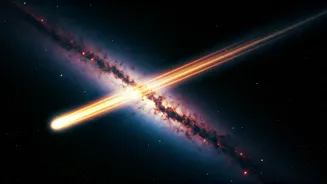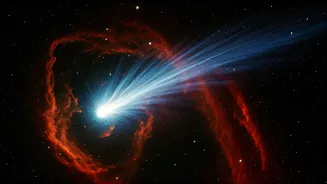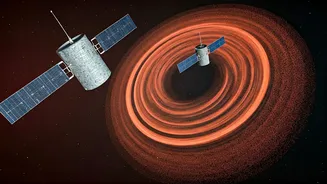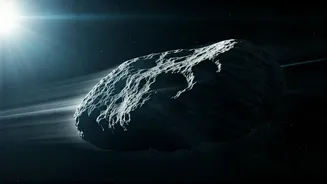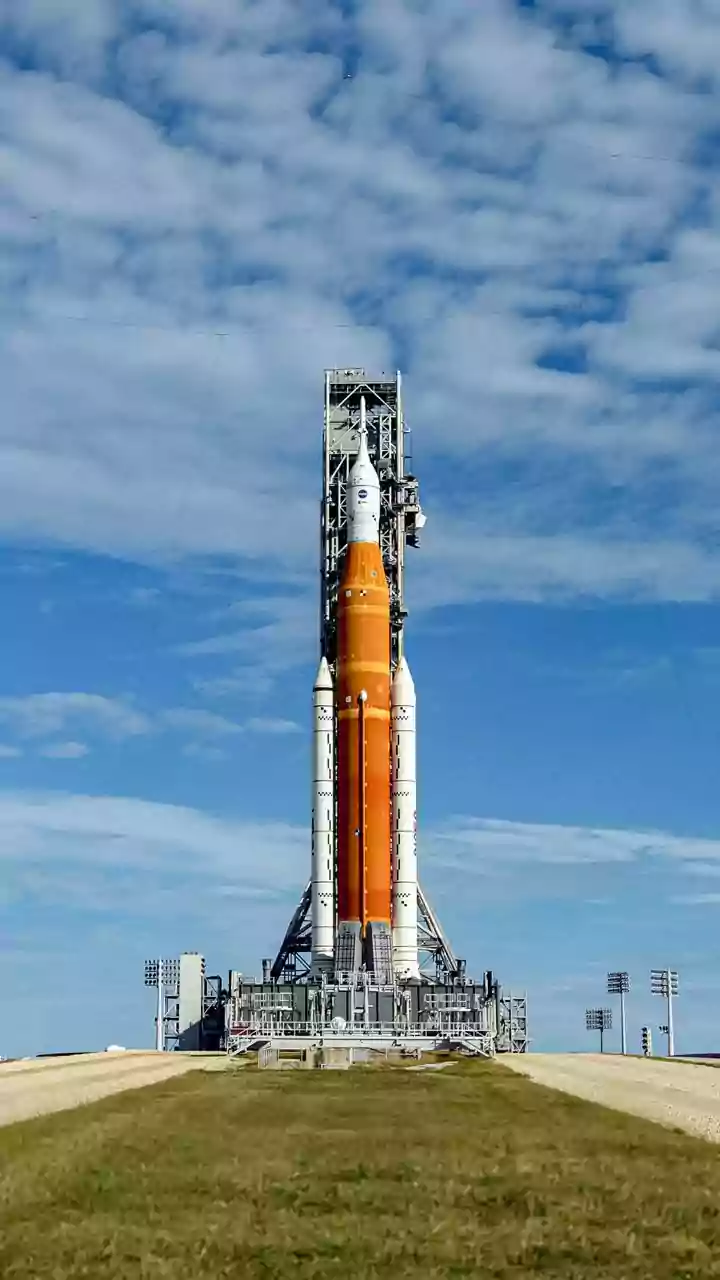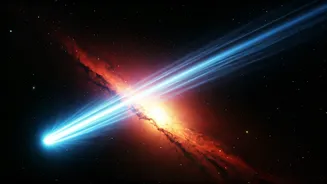A Cosmic Voyage
NASA's recent image releases provide a spectacular journey through the cosmos, captivating audiences with breathtaking visuals. The images encompass diverse
aspects of space, from the stark landscapes of planets to the vibrant formations of distant galaxies. Each photograph is a product of advanced technology, combining scientific data with artistic presentation. These visuals not only offer aesthetic appeal but also serve as valuable tools for scientific exploration, allowing researchers to study and understand the universe in more detail. This latest collection allows a deeper appreciation of the universe's complexity and beauty, offering a unique perspective on space exploration.
Martian Landscapes
One of the standout collections features several images of Mars, with details of its surface, including canyons, craters, and dust storms. These images are captured using advanced cameras onboard rovers and orbiters. The images taken by these advanced cameras provide critical information about the geological processes and atmospheric conditions on the Red Planet. Viewers can see textures of Martian terrain, with an unparalleled view of its diverse landscapes. These images offer scientists valuable information about the planet's history and evolution. The images also allow a comparative analysis, offering insights into how Mars and Earth evolved differently over billions of years.
Distant Galaxies
Other images unveil distant galaxies, revealing their intricate structures and dynamic processes. These images showcase the beauty of galaxies, each with its unique shape and stellar composition. Through the use of telescopes and advanced imaging techniques, NASA provides the tools necessary to see far-off galaxies. Detailed images show the interaction of galaxies, highlighting how they collide and merge over millions of years. This allows scientists to study the formation and evolution of galaxies, uncovering how they came to be and how they continue to change over time. The stunning details and vibrant colors capture the imagination, revealing the grand scale of the universe.
Nebulae Wonders
Nebulae, often called 'stellar nurseries', are captured in great detail, showcasing the birth of new stars. The images reveal bright and colorful clouds of gas and dust. They are a treasure trove of information about stellar evolution and the lifecycle of stars. The details of these nebulas provide insights into how stars are born, evolve, and eventually die. The vivid colors arise from the interaction of gases and radiation, each color corresponding to specific elements, such as hydrogen, oxygen, and sulfur. The images are a visual and scientific feast, helping to understand the processes shaping the universe. They illustrate the cycle of star formation and death that has shaped our cosmos.
Beyond Our Solar
Some images provide views of planets, moons, and other objects in our solar system. The visuals reveal the unique characteristics of each celestial body. Images from various missions, such as the Hubble Space Telescope, detail the surfaces and atmospheres of these planets. These images help scientists understand the composition, structure, and dynamics of the solar system. The data is essential for ongoing research into how our solar system formed and evolved over billions of years. These images highlight the diversity and wonder of our celestial neighborhood, sparking curiosity about the planets beyond our own.
Scientific Significance
The images are far more than just visual representations; they are essential tools for scientific research. They enable scientists to analyze the composition, structure, and behavior of celestial objects. The ability to measure precise data, such as the temperature, radiation, and density of space, allows scientists to test hypotheses and discover new phenomena. These images are also used to study the effects of cosmic events, such as supernova explosions, and their impact on surrounding environments. They also provide crucial data for models that can predict the future of the universe. The continuous flow of data contributes to breakthroughs in astronomy and astrophysics.
Public Engagement
NASA's image releases are designed to engage the public, inspiring a sense of wonder and curiosity about space. The images are accessible to anyone with an interest in space exploration. NASA shares its images across multiple platforms, from websites to social media, providing educational content and tools. The use of striking visuals enhances educational outreach, helping explain complex scientific concepts. The ability to view and share these visuals inspires a new generation of scientists, engineers, and explorers. The public engagement activities create a shared sense of global participation, bringing together people from different backgrounds through a shared interest in space.
Technology and Innovation
The creation of these images pushes the boundaries of technology and innovation. Advanced telescopes, such as the James Webb Space Telescope, are used to capture these stunning views. The instruments aboard these telescopes allow scientists to gather data at unprecedented scales. The processing of these images involves complex algorithms and techniques that enhance details and remove distortions. These advancements contribute to the development of new technologies for various applications beyond space exploration. The constant innovation in imaging technology enhances the quality of each image. NASA's commitment to technological advancement has helped lead to many other scientific breakthroughs.


